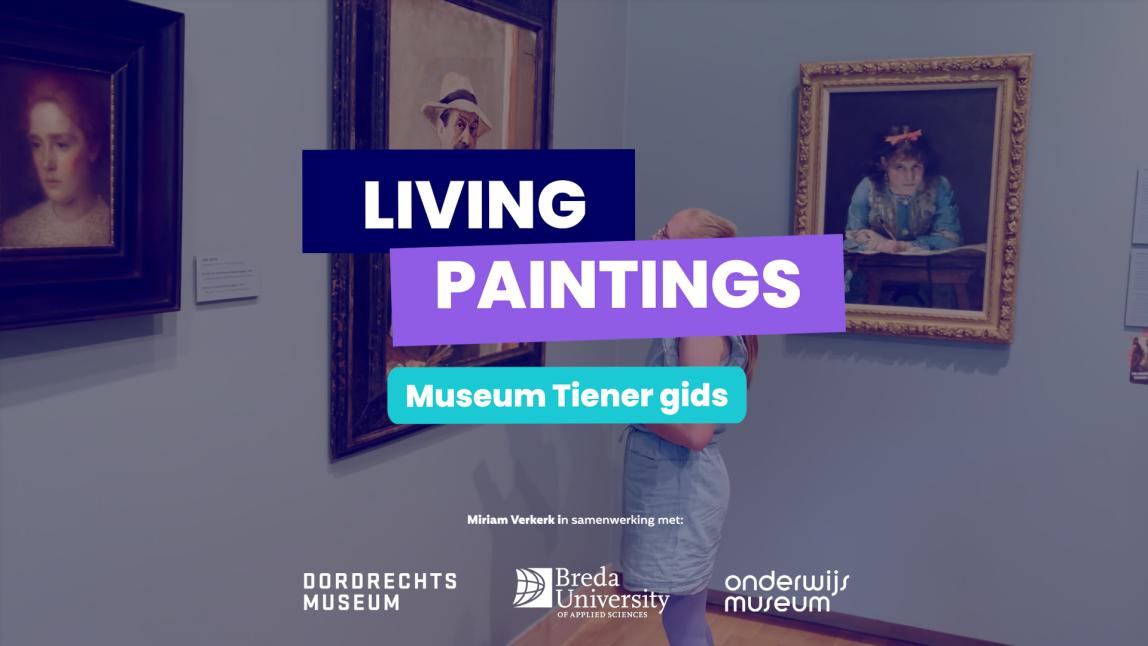
Bringing paintings to life: An interview with MMI alumna Miriam Verkerk
01/06/2025 - 11:05
Miriam Verkerk, a graduate of the Master Media Innovation at Breda University of Applied Sciences (BUas), has followed an interesting path through education and innovation. Beginning her career in graphic design, she progressed through various studies before discovering her interest in merging creativity with technology. Her master’s thesis, ‘The Living Paintings Tour’, explored new ways for children to engage with art using deepfake technology and augmented reality. Currently, Miriam works for the EO (Evangelical Broadcasting) as a content creator for different children programmes and as project leader for AI- and innovation projects. Here is a closer look at her journey.